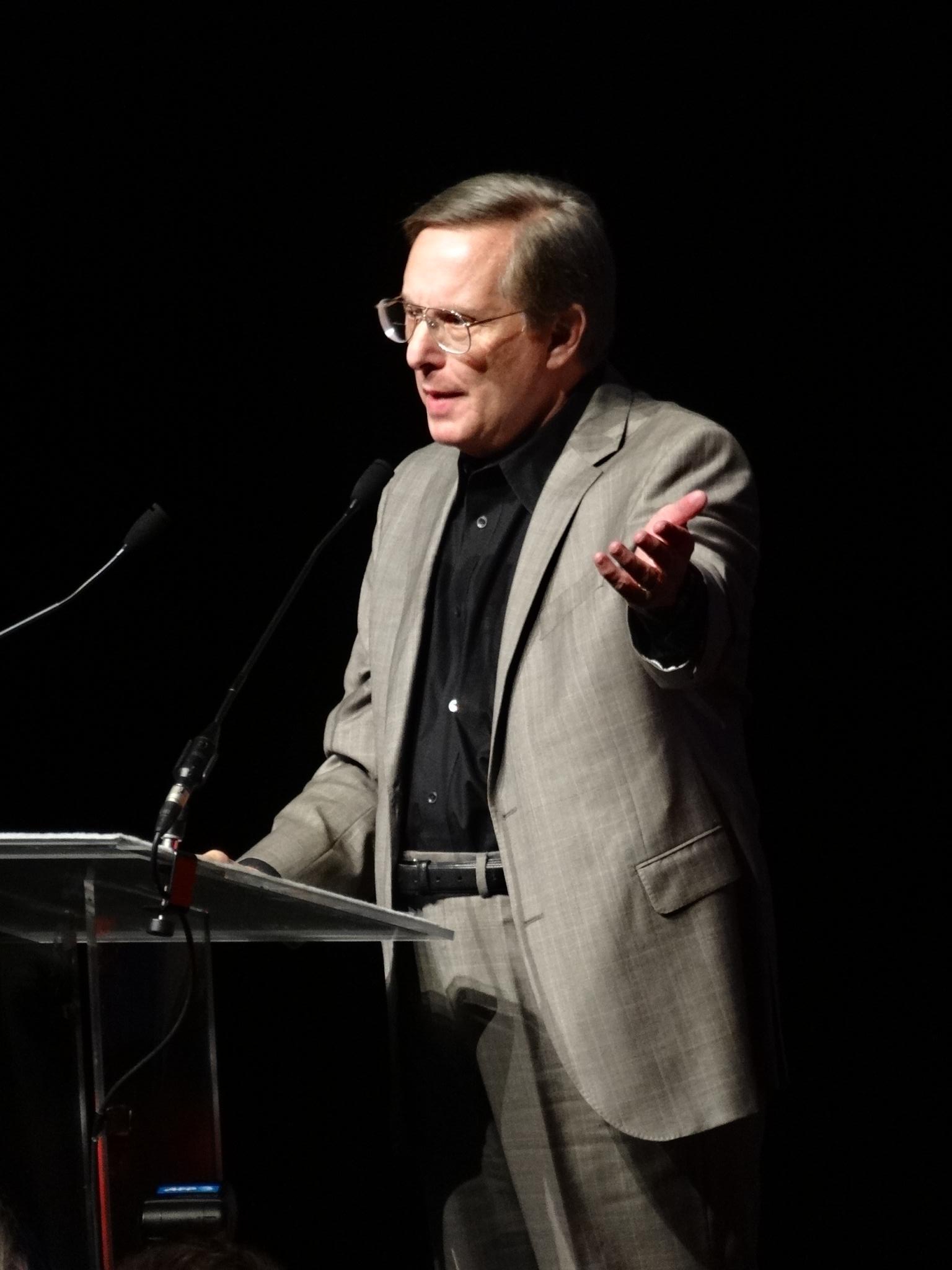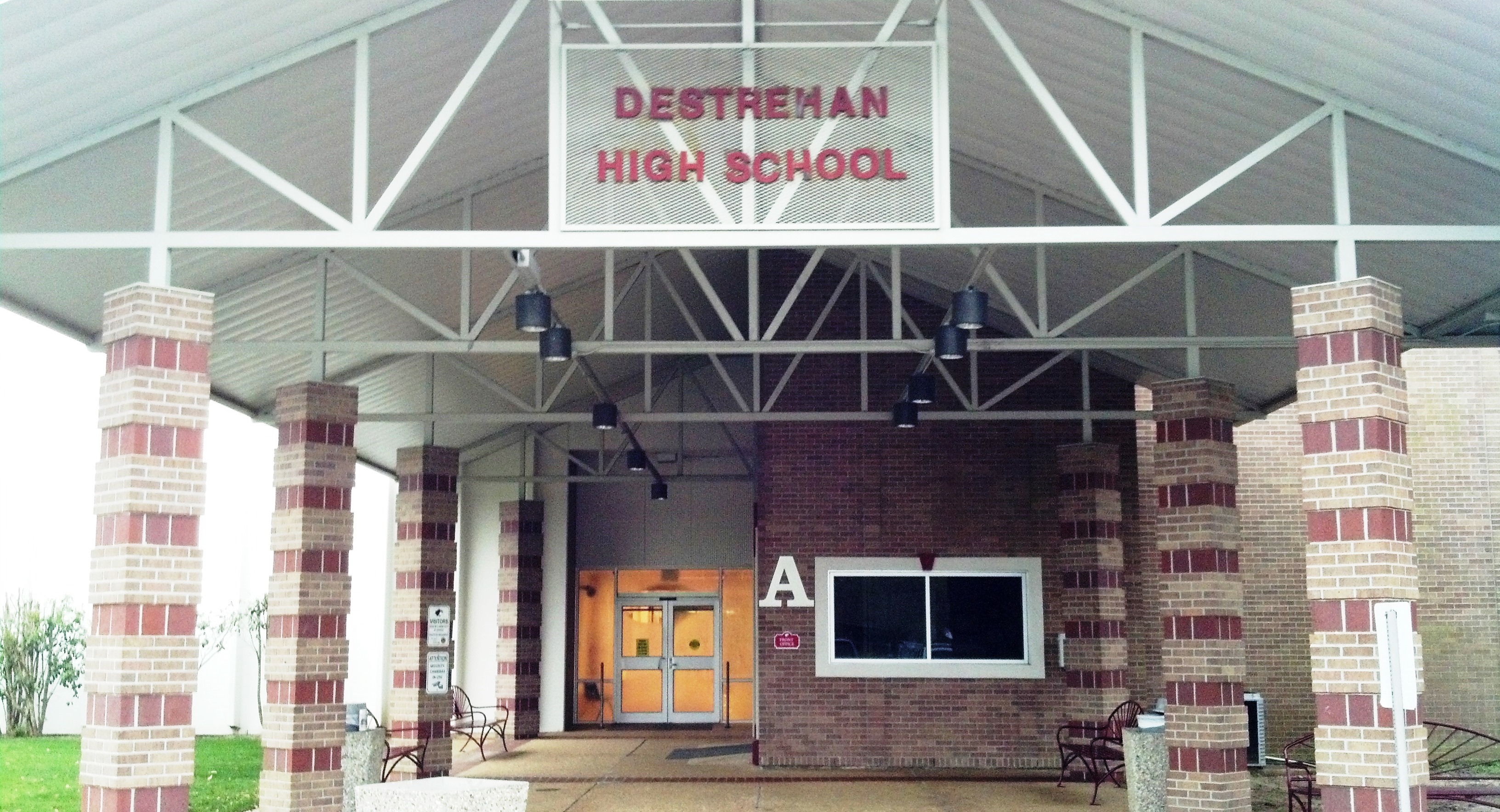|
New Sarpy, Louisiana
New Sarpy is a census-designated place (CDP) in St. Charles Parish, Louisiana, United States. The population was 1,169 at the 2020 census. History In 1699, Pierre Le Moyne d'Iberville and Jean-Baptiste Le Moyne de Bienville discovered an indigenous Bayagoula settlement located near the Mississippi River intersection with a tributary in present-day New Sarpy. The site was named ''L’Anse aux Outardes'' or ''Bustard’s Cove''. In 1722 and 1723, French, German, and newly arrived settlers from French Canada were granted lands on the east bank of the Mississippi River and moved from west bank German Coast villages to establish the first east bank settlement at ''L’Anse aux Outardes'' or ''Bustard’s Cove''. The granting of lands on the east bank, led to the founding of the ''Second German Coast'' in 1730 and the establishment of officially having settlements on both banks of the Mississippi River. Geography New Sarpy is located at (29.978937, -90.385492). According to the ... [...More Info...] [...Related Items...] OR: [Wikipedia] [Google] [Baidu] |
Census-designated Place
A census-designated place (CDP) is a Place (United States Census Bureau), concentration of population defined by the United States Census Bureau for statistical purposes only. CDPs have been used in each decennial census since 1980 as the counterparts of incorporated places, such as self-governing city (United States), cities, town (United States), towns, and village (United States), villages, for the purposes of gathering and correlating statistical data. CDPs are populated areas that generally include one officially designated but currently unincorporated area, unincorporated community, for which the CDP is named, plus surrounding inhabited countryside of varying dimensions and, occasionally, other, smaller unincorporated communities as well. CDPs include small rural communities, Edge city, edge cities, colonia (United States), colonias located along the Mexico–United States border, and unincorporated resort and retirement community, retirement communities and their environs. ... [...More Info...] [...Related Items...] OR: [Wikipedia] [Google] [Baidu] |
African American (U
African Americans, also known as Black Americans and formerly also called Afro-Americans, are an Race and ethnicity in the United States, American racial and ethnic group that consists of Americans who have total or partial ancestry from any of the Black people, Black racial groups of Africa. African Americans constitute the second largest ethno-racial group in the U.S. after White Americans. The term "African American" generally denotes descendants of Slavery in the United States, Africans enslaved in the United States. In 2023, an estimated 48.3 million people self-identified as Black, making up 14.4% of the country’s population. This marks a 33% increase since 2000, when there were 36.2 million Black people living in the U.S. African-American history began in the 16th century, with Africans being sold to Atlantic slave trade, European slave traders and Middle Passage, transported across the Atlantic to Slavery in the colonial history of the United States, the Western He ... [...More Info...] [...Related Items...] OR: [Wikipedia] [Google] [Baidu] |
Census-designated Places In Louisiana ...
This article lists census-designated places (CDPs) in the U.S. state of Louisiana. As of the 2020 census, there were a total of 184 census-designated places in Louisiana. Census-designated places See also *List of cities, towns, and villages in Louisiana * List of unincorporated communities in Louisiana * Louisiana census statistical areas References {{Lists of CDPs by state Census-designated places Louisiana Louisiana ( ; ; ) is a state in the Deep South and South Central regions of the United States. It borders Texas to the west, Arkansas to the north, and Mississippi to the east. Of the 50 U.S. states, it ranks 31st in area and 25 ... [...More Info...] [...Related Items...] OR: [Wikipedia] [Google] [Baidu] |
New Orleans Saints
The New Orleans Saints are a professional American football team based in New Orleans. The Saints compete in the National Football League (NFL) as a member of the National Football Conference (NFC) NFC South, South division. Since 1975, the team plays its home games at Caesars Superdome after using Tulane Stadium during its first eight seasons. Founded by John W. Mecom Jr., David Dixon (businessman), David Dixon, and the city of New Orleans on November 1, 1966, the Saints joined the NFL as an expansion team in 1967. The Saints were among the NFL's least successful franchises in their first several decades, where they went 20 consecutive seasons without a winning record or qualifying for the playoffs. They earned their first winning record and postseason berth in 1987 New Orleans Saints season, 1987, while their first playoff win would not occur until 2000 New Orleans Saints season, 2000, the team's 34th season. The team's fortunes improved in the 21st century, especially during th ... [...More Info...] [...Related Items...] OR: [Wikipedia] [Google] [Baidu] |
Jerico Nelson
Jerico Nelson (born September 19, 1989) is a former American football strong safety. Nelson signed with the New Orleans Saints as an undrafted free agent in 2012. Nelson played College football at Arkansas. Early years Nelson, from New Sarpy, Louisiana, attended both John Curtis Christian School and later Destrehan High School in Destrehan, Louisiana. Nelson was ranked as 23rd athlete in the nation and was ranked as the 9th overall prospect in the state of Louisiana by Rivals.com. He also was ranked as the No. 51 running back in the nation by Scout.com. College career He played College football at Arkansas. He finished college with 268 tackles, 10.5 Sacks, 4 Interceptions, 12 Pass Deflections, 2 Forced fumbles. In his Freshman season, he finished with 37 tackles and 3.5 sacks. In his Sophomore season, he finished the season with 74 Tackles, 2.5 Sacks, one Interception and a Forced fumble. In his Junior season, he finished the season with 87 tackles, 2.5 Sacks, one Interce ... [...More Info...] [...Related Items...] OR: [Wikipedia] [Google] [Baidu] |
William Friedkin
William David Friedkin (; August 29, 1935 – August 7, 2023) was an American film, television and opera director, producer, and screenwriter who was closely identified with the "New Hollywood" movement of the 1970s. Beginning his career in documentaries in the early 1960s, he is best known for his crime thriller film ''The French Connection (film), The French Connection'' (1971), which won five Academy Awards, including Academy Award for Best Picture, Best Picture and Academy Award for Best Director, Best Director, and the horror film ''The Exorcist'' (1973), which earned him another Academy Award nomination for Best Director. Friedkin's other films in the 1970s and 1980s include the drama ''The Boys in the Band (1970 film), The Boys in the Band'' (1970), considered a milestone of queer cinema; the originally deprecated, now lauded thriller ''Sorcerer (film), Sorcerer'' (1977); the crime comedy drama ''The Brink's Job'' (1978); the controversial thriller ''Cruising (film), Crui ... [...More Info...] [...Related Items...] OR: [Wikipedia] [Google] [Baidu] |
Bug (2007 Film)
''Bug'' is a 2006 psychological horror film directed by William Friedkin and written by Tracy Letts, and starring Ashley Judd, Michael Shannon, Lynn Collins, Brían F. O'Byrne, and Harry Connick Jr. Letts adapted the screenplay from his 1996 play of the same name. It follows an isolated woman living in a rural Oklahoma motel who spirals into psychosis after taking in a mysterious Gulf War veteran. ''Bug'' debuted at the 2006 Cannes Film Festival before being purchased by Lionsgate, which released the film the following year in May 2007. The film received generally positive reviews from critics, who praised its intensity, directing, acting, and take on paranoia, but were polarized about its writing, in particular the film's ending. Friedkin and Letts collaborated again as director and writer on the 2011 film '' Killer Joe''. Plot Waitress Agnes White works at a lesbian bar while living in a run-down motel in rural Oklahoma. Unable to move on after the disappearance of her you ... [...More Info...] [...Related Items...] OR: [Wikipedia] [Google] [Baidu] |
AdvancED
The Advanced Party (), otherwise known as the Advanced Association () was a liberal and centrist Zionist political association in Mandatory Palestine founded by several urban liberal Zionists. The party was founded in order to represent the voice of Tel Aviv liberals and Zionists in the election to the Yishuv's Assembly of Representatives in 1920. The party placed sixth in the election, coming in behind their rural General Zionist counterrpart, Hitahdut HaIkarim. The party represents first formal General Zionist political party to be founded, and as one of the earliest political ancestors of the modern-day Likud. History Under the British Mandate, the Yishuv (Jewish community), established a network of political and administrative institutions, among them the Assembly of Representatives. Itamar Rabinovich & Jehuda Reinharz (2008''Israel in the Middle East''Brandeis University Press, p84 To ensure that small groups were properly represented, a system of proportional representati ... [...More Info...] [...Related Items...] OR: [Wikipedia] [Google] [Baidu] |
Destrehan, Louisiana
Destrehan is an unincorporated community and census-designated place (CDP) in St. Charles Parish, Louisiana, United States. At the 2020 census, its population was 11,340. It is located on the east bank of the Mississippi River. Destrehan is part of the New Orleans— Metairie— Kenner metropolitan statistical area. Etymology The community is named after Jean Noël Destréhan (1754–1823), who was twice President of the Orleans Territory's legislative council during his service there in 1806 and 1811. He was elected to the United States Senate when Louisiana became a state in 1812, but he resigned after a month. He served in the Louisiana State Senate from 1812 to 1817. Destrehan Plantation, his former home, is listed on the National Register of Historic Places. The main house has been restored and is one of the attractions on the Great River Road along the Mississippi River. Geography Destrehan is located at (29.962307, -90.369160). According to the United States Ce ... [...More Info...] [...Related Items...] OR: [Wikipedia] [Google] [Baidu] |
Destrehan High School
Destrehan High School is a public high school located in Destrehan, Louisiana, Destrehan, Louisiana, United States and is approximately twenty-five miles west of New Orleans. It is part of the St. Charles Parish Public School System and serves all students on the east bank of the Mississippi River from grades 9 through 12. It serves the communities of Destrehan, Louisiana, Destrehan, Montz, Louisiana, Montz, New Sarpy, Louisiana, New Sarpy, Norco, Louisiana, Norco, and St. Rose, Louisiana, St. Rose. History In 1923, the Mexican Petroleum Company donated three and one half acres of property to the St. Charles Parish Public School System, St. Charles Parish School Board for the construction of a high school. On August 7, 1923, the school board president accepted the donation and St. Charles Parish approved a bond issue for school construction. Destrehan High School was dedicated on September 15, 1924, and the facility received 234 pupils in grades one through eleven. The location ... [...More Info...] [...Related Items...] OR: [Wikipedia] [Google] [Baidu] |
Latino (U
Latino or Latinos may refer to: People Demographics * Latino (demonym), a term used in the United States for people with cultural ties to Latin America * Hispanic and Latino Americans in the United States ** Hispanic and Latino (ethnic categories) * The people or cultures of Latin America; ** Latin Americans Given name * Latino Galasso, Italian rower * Latino Latini, Italian scholar and humanist of the Renaissance * Latino Malabranca Orsini, Italian cardinal * Latino Orsini, Italian cardinal Other names * Joseph Nunzio Latino, Italian American Roman Catholic bishop * Latino (singer), Brazilian singer Linguistics * Latino-Faliscan languages, languages of ancient Italy * '' Latino sine flexione'', a constructed language * Mozarabic language, varieties of Ibero-Romance * A historical name for the Judeo-Italian languages Geography * Lazio region in Italy, anciently inhabited by the Latin people who founded the city of Rome. Media and entertainment Music * ''Latino'' ... [...More Info...] [...Related Items...] OR: [Wikipedia] [Google] [Baidu] |



